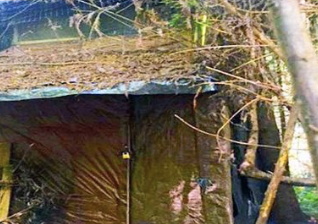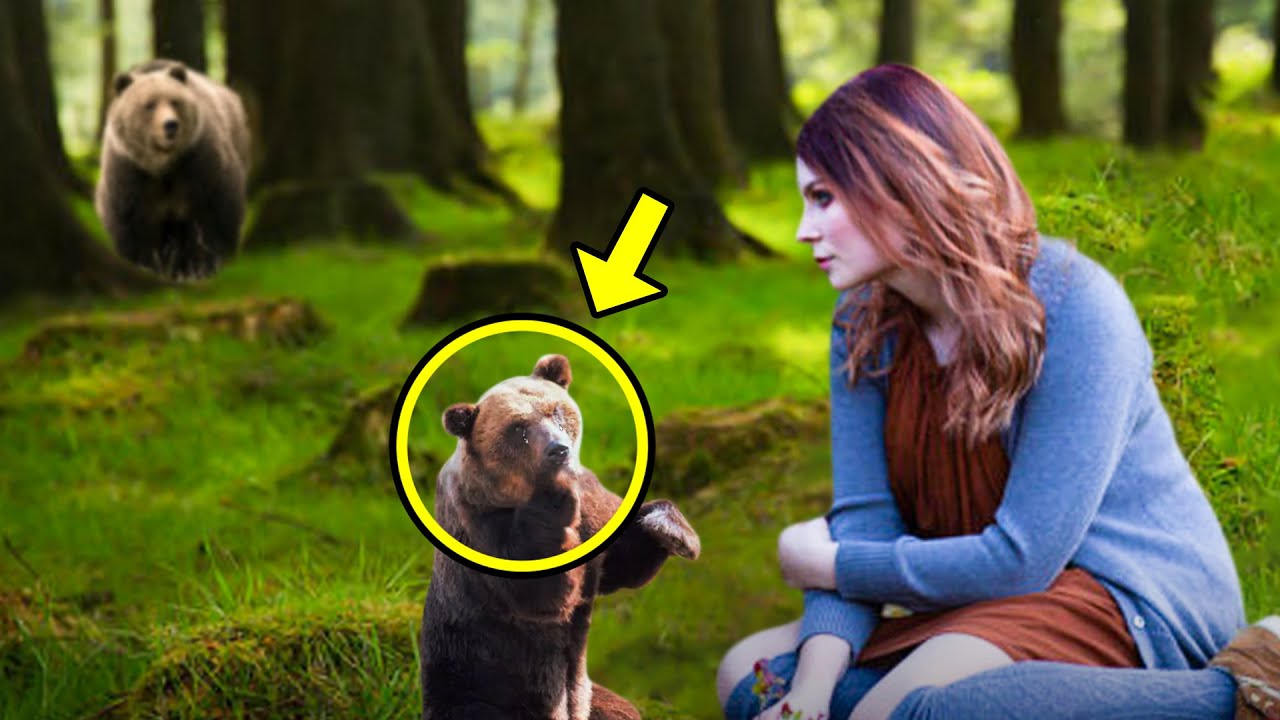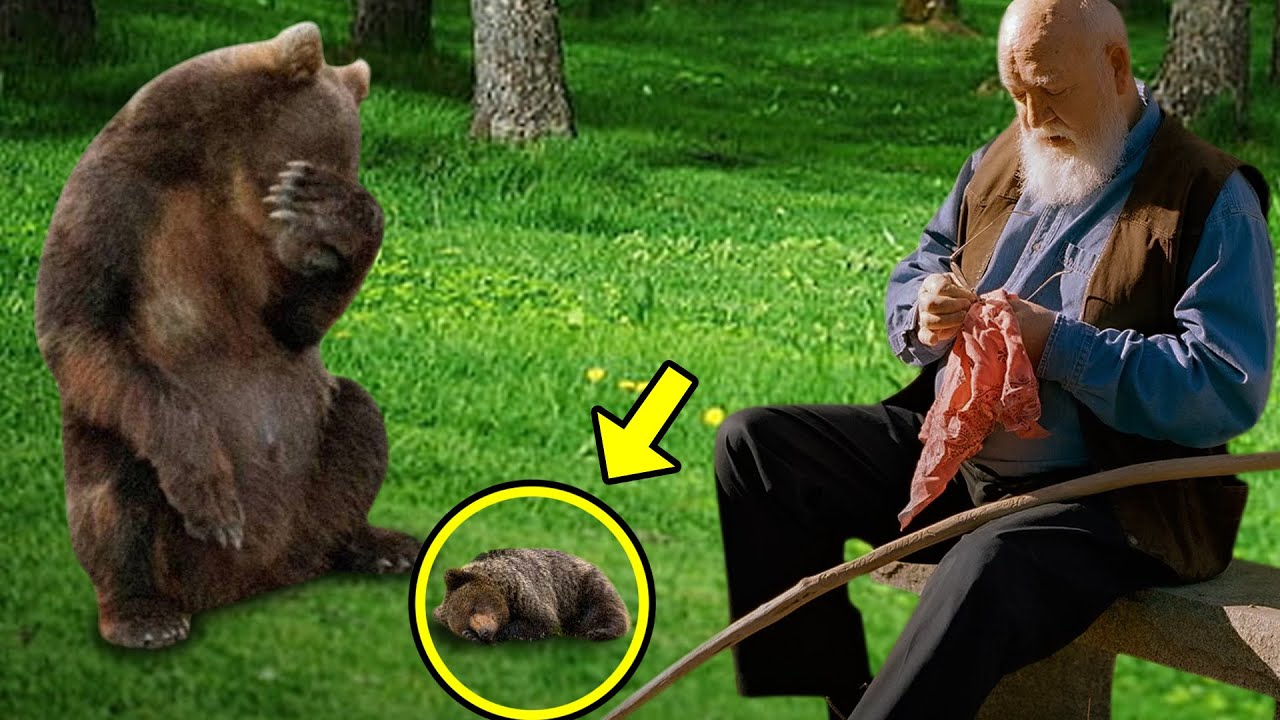
image via – youtube.com
When someone doesn’t wish to be seen or found, they often go to the most isolated, rural place they can find in the middle of the woods. To survive for any extended amount of time there you would need to know a lot about the native flora and fauna, how to make shelter so that it can withstand the weather and climate, how to find food, make a fire, get clean drinking water, and the list goes on.
Most people don’t have this sort of knowledge about basic and essential survival skills and even those who do might not be able to rough it in the wild for more than a few days at a time.
With that in mind, clearly whoever set up this impressive squatter’s camp in the middle of a Northern California forest knew what they were doing. They expertly constructed a house that was virtually undetectable from even just a few steps away until Mark Andre, the Environmental Services director in Arcata, California, stumbled across it on a walk in the woods one day.
He had been out marking trees that needed to be harvested in an area of the Arcata Community Forest he hadn’t visited in quite some time when up ahead he spotted something. When he moved in to investigate the strange sight it dawned on him that he’d found a very well camouflaged cabin in the middle of the woods!
Whoever had built the cabin picked the most remote, out of the way spot in the forest in hopes of not ever being found. The illegal building had been made by someone who knew what they were doing, and it was the most elaborate find Mark had ever seen.
Measuring 8 by 12 feet and about 15 feet tall, it was up on concrete blocks and had features like a peaked roof, front porch with awning, plywood walls covered in tarps, and windows. The entire outside blended naturally with the forest as it was covered in either brown tarps or branches and leaves.
Just the cabins presence alone was strange, but Mark and other investigators who looked at the house noticed a number of other quirks. One was that there were no worn paths anywhere around the house. Whoever came and went from it had been careful to take a different way every time.
It was also very clean and orderly, something not common at illegal campsites which are often trashed and disgusting. The person who had made this had respect for nature and wasn’t out there doing even more illegal things.
After initially finding the cabin Mark did not go inside, instead he waited to do so when he was with an environmental services team investigating the illegal build site. When he returned with the team, they had to break open a lock on the front door and after announcing their presence they entered the cabin. Inside it was neat and orderly with cans and jars of sealed food lined up on shelves and a tea kettle alongside a potbellied stove.
A bookshelf held an assortment of old VHS tapes and books, including “Catch Me if You Can” and “Medicinal Plants of the Pacific West.” They also found lists of things the cabin owner needed to do and get that was dated, as well as a copy of a Humboldt State University newspaper being used as kindling in the stove. The dated objects gave them an idea of how long the person had been living there, which was at least from 2011-2015.
Before leaving the team posted an eviction notice on the front door with contact information, but no one ever called. They returned about one month later to check on the site and found that the person was moving out. When they came back a couple of weeks after that, the entire area was cleaned up and nothing remained of the cabin. The place was spotless save for one thing; the international symbol for squatter was written on the ground in charcoal.
Watch the video below for the full story:
Please SHARE This With Family and Friends










